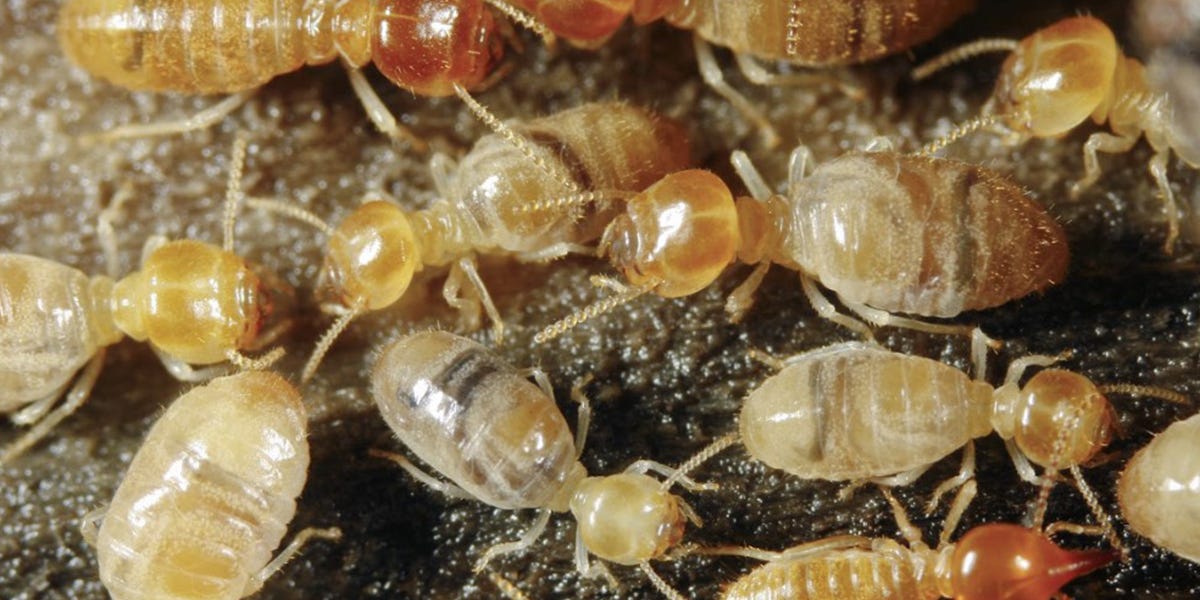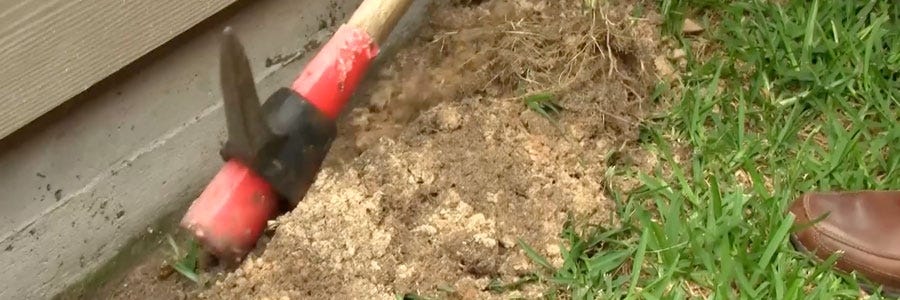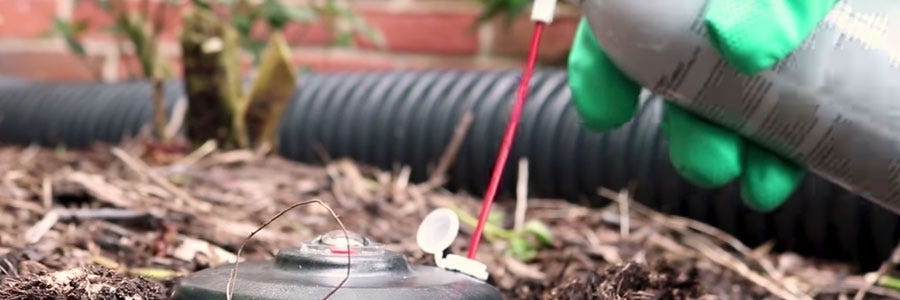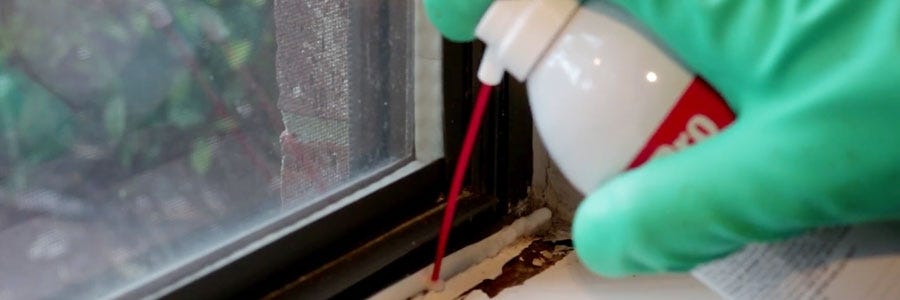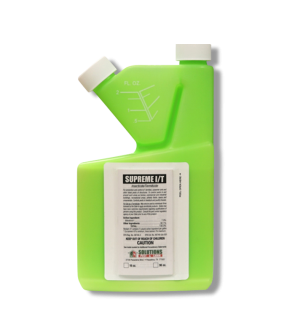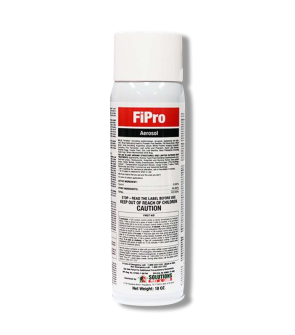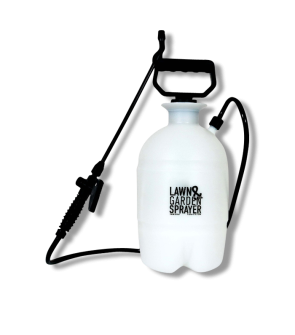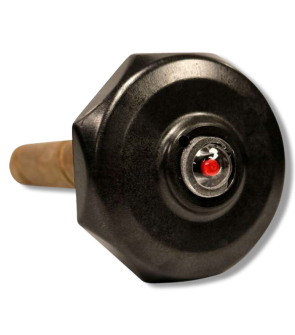Gain access to personalized product screening, the best pricing, rewards, and more!
Most Effective Products
Desert Termite Control: How To Get Rid of Desert Termites
This page is a general DIY article on eliminating desert termites from your property by using the products and methods suggested throughout this guide. Follow this DIY guide and use the recommended products, and we guarantee 100% control over desert termites on your property.
Desert termites are a subspecies of the subterranean termite. They commonly live in underground colonies where they create mud tubes to safely travel, forage for food, and protect themselves from being out in the open. As their name suggests, desert termites thrive in the desert, where the temperatures are high and the humidity is low. They are also known to live in desert plants like dead cactus.
Desert termites are almost exclusively found in the dry desert areas of the Southwest, such as southern California, southern Arizona, and some of the lowest deserts of northwestern Mexico. However, in recent years, these termites have been going beyond the desert and have been reportedly found in parts of South and west Texas and even appearing in Houston, Texas, which, while hot and humid, is not a desert region.
What is different about desert termites compared to other subterranean termites is that they don’t usually invade homes, tunnel into wood, or damage the wooden structure of homes to satisfy their appetite. Instead, these termites typically feed on live, dead, or decomposed plant materials for cellulose. They are helpful for agricultural farmers working on pastures and grasslands because their consumption of plant materials helps with rainfall filtration and promotes plant growth.
If you suspect your property has a desert termite infestation, our DIY treatment guide below may help. Our termite control experts put together step-by-step instructions that will show you exactly how to rid the infestation for good. Follow the steps carefully and use the recommended products to the side, and you are guaranteed to wipe out the desert termite population.
Identification

Before proceeding with a treatment program, you must be sure that the pest you face is a relatively harmless desert termite from other destructive subterranean termites like the Formosan termite. Misidentification can lead you to use the wrong treatment products and waste time and money.
- Desert termites are usually smaller in size than typical subterranean termites. They are pale yellowish brown with a rectangular head, and their body is flat and almost as wide as the head.
- The most significant distinguishing factor is looking at the swarmers. Desert termite swarmers measure between 1/2 to 5/8 inches long, whereas subterranean termite alates are less than a 1/2 inch long.
- The swarmer wings and bodies are light brown, but subterranean termites have black bodies and transparent wings with veins.
- Desert termite soldiers are also different in that they have slender and straight mandibles compared to the thicker and more curved mandibles of Formosan or Eastern subterranean termites.
Use the description and image above to help you correctly identify desert termites on your property. If you have trouble correctly identifying the termite, you can contact us for help. We will respond as soon as possible with the proper identification and give you tips and product recommendations for control.
Inspection

Where To Inspect
Desert subterranean termites are usually found in the forage production area and prefer to forage in shaded soil or areas made wet by irrigation.
On rare occasions, desert termites will hang around structures in their search for timber, and you may see narrow, free-hanging tubes from ceilings, shelves, and overhangs. Arm yourself with a flashlight and look around to see if you have an infestation and where the highly active areas are.
What To Look For
It would be best to look for mud tubes when inspecting the areas you suspect are infested. Desert termites will readily construct mud tubes up, over, or around solid objects to reach a timber food source.
These mud-tubes are slender, solidly built, and pale yellow to tan in color.
Treatment
Desert termites are rarely a threat and can be beneficial, so no true solid management option targets them. For desert termites, you know they reside in the soil of turfgrass. The best way to control them is by treating the soil with a high-quality insecticide, such as Supreme IT.
Supreme IT does a great job of killing termites and is a residual repellent. This insecticide stays effective for up to 90 days.
Step 1: Termite Trench Treatment
Dig a trench around your property 6 inches deep and 6 inches wide. Mix 5 fl. oz. of Supreme IT with 4.9 gallons of water in 5-gallon bucket to have a 5 gallon emulsion.
Pour the mixture into the trench and immediately fill it with dirt until it turns into mud.
Repeat the process for each side of your home until the entire perimeter of your home is covered.
Step 2: Red Eye Monitoring Stations & Fipro
Place Red Eye Monitoring Stations in areas conducive to termites.
Place them anywhere from 8 to 10 feet apart and at least 5 feet from the drip edge.
Monitoring the Red Eye is simple; There is a clear-view window on the top of the station with a painted red eye on a wooden dowel. As desert termites come up through the bottom of the station, they will begin to feed on the wood. The red eye then drops, letting you know that there is termite activity.
Take FiPro Foaming Aerosol and inject it into the station. The neat thing about this product is that it's a foam, so the longer you inject, the deeper it travels through the galleries in the ground, providing a direct kill.
Step 3: Indoor Treatment With Fipro
Using the same Fipro Aerosol, apply the product in areas where there is termite activity, such as voids, cracks, and crevices around doors, windows, and fireplaces, where plumbing meets the wall, and also in holes in the sheetrock that may lead to termite galleries.
Prevention

- To prevent desert termites from returning after they have been eliminated during the control process, we recommend using a repellent product called Supreme IT and applying it using a handheld pump sprayer around the infested areas.
- In addition, we recommend using Termite bait stations around your property to monitor termite activity.
- Using these tools and cultural methods, such as practicing ordinary lawn care by using sufficient amounts of water and fertilizer, will overcome any future problems of infestations caused by desert termites.
Key Takeaways
What Are Desert Termites?
- Desert termites are a subterranean termite species primarily found around desert regions of the United States.
How to Get Rid of Desert Termites
- Our top recommendations for desert termite control are performing a trench treatment with Supreme IT around the perimeter of your property and using Fipro Foaming Aerosol to treat cracks and crevices. Red Eye Monitoring Stations are also helpful in checking for infestations and treating any active termites.
Preventing Desert Termite Reinfestation
- A barrier treatment from Supreme IT can help prevent desert termites for a long time and protect your property from future invasions.






